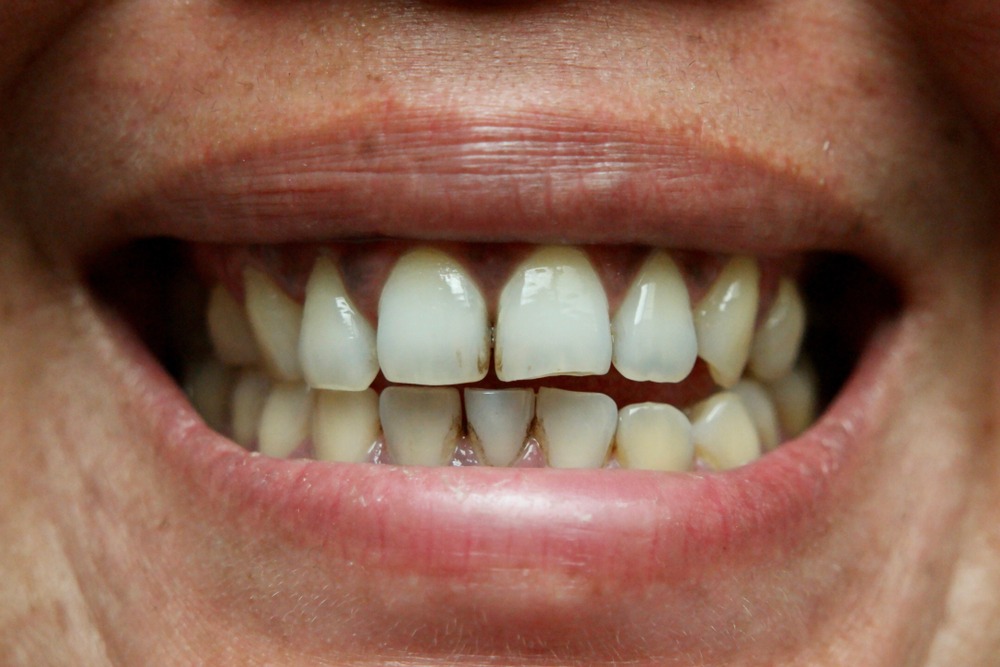Our mouths are home to more than 6 billion bacteria, some good, some bad. Making sure that we practice good oral hygiene will ensure that we keep the bad guys in check, and maintain a beautiful set of pearly whites that look great, feel great, and doesn’t smell bad.
What exactly is good oral hygiene? The truth is, it doesn’t just end at brushing your teeth twice a day. We answer some of the common questions you may have below.

I brush my teeth regularly. Is it still necessary to floss?
Yes it is! While brushing properly (up-and down in small circular motions, NOT left-to right!) can remove plaque from the outer surfaces of the teeth, it leaves out the food particles and plaque trapped in between the teeth.
Plaque is the soft, sticky deposit that builds up on our teeth and at the edge of the gum lines. It contains millions of bacteria that feeds on sugar and carbs, and produces acid that erodes the teeth and cause cavities. Plaque in these hard to reach spots can only be removed by daily flossing.
What happens if I don’t floss over time? What’s the worst that can happen?
If plaque is not removed, over time they harden and form a layer of tartar on your teeth which can’t be removed without professional help. Tartar is unsightly, it can be yellow in colour, or even turn brown as more stains accumulate. A build up of tartar can cause the gums in between your teeth to recede, increased sensitivity, tooth decay, and even gum disease.
The signs of dental problems you should look out for are bleeding when you brush your teeth, which can be an indication of gum inflammation. You may even notice some bad breath or a bad taste in the mouth. You’ll need to see a dentist by this point.

If I brush and floss regularly, can I prevent stains on my teeth completely?
Getting some stains on the teeth from food and drinks are normal, especially as we get older. Drinks such as coffee, tea, and red wine are common culprits, as well as foods that contain turmeric – like curry, and dark sauces.
While you should not stop enjoying these foods just to avoid stains, you can incorporate some simple habits to reduce the severity of staining. Rinsing your mouth or brushing immediately after food and drinks can help to wash off stain particles from your teeth. Some people even use straws when drinking dark coloured beverages to reduce the contact of the liquid on their teeth.

While we are on the topic of food, what are the common foods that cause bad breath?
The common foods that causes bad breath include garlic, onion, dairy products, canned tuna, as well as coffee and alcohol.
Aside from foods, lifestyle habits can also lead to bad breath – such as smoking, and not brushing or flossing your teeth well. Having trapped food particles and build up of plaque on your teeth leads to decay and gum problems which can cause bad breath.
Yeast infection in the mouth is also a possible cause. This is usually brought about by illness, pregnancy, medications, smoking, or dentures.
Does eating breath mints help to eliminate bad breath?
Eating breath mints does help to a certain extent. Menthol in the mint can help to mask bad breath, but it doesn’t get rid of the root of the problem, which may be caused by the complications mentioned above. You will need to see a dentist to sort out the root issue.
However if you just need a quick fix, we suggest you pick the sugar-free mint option. Because sugar encourages growth of bacteria in the mouth, which can lead to more cavities and decay, and ultimately worsen your bad breath.
Visiting a dentist every 6 months is part of a good oral hygiene practice. Despite your best efforts at maintaining good oral health at home, a dentist can identify early signs of diseases, and clean out stubborn tartar on your teeth that cannot be self-removed. Don’t wait till you’re in pain from a toothache before visiting the dentist!







